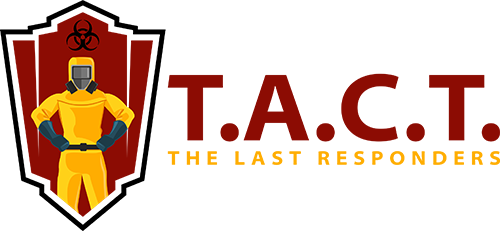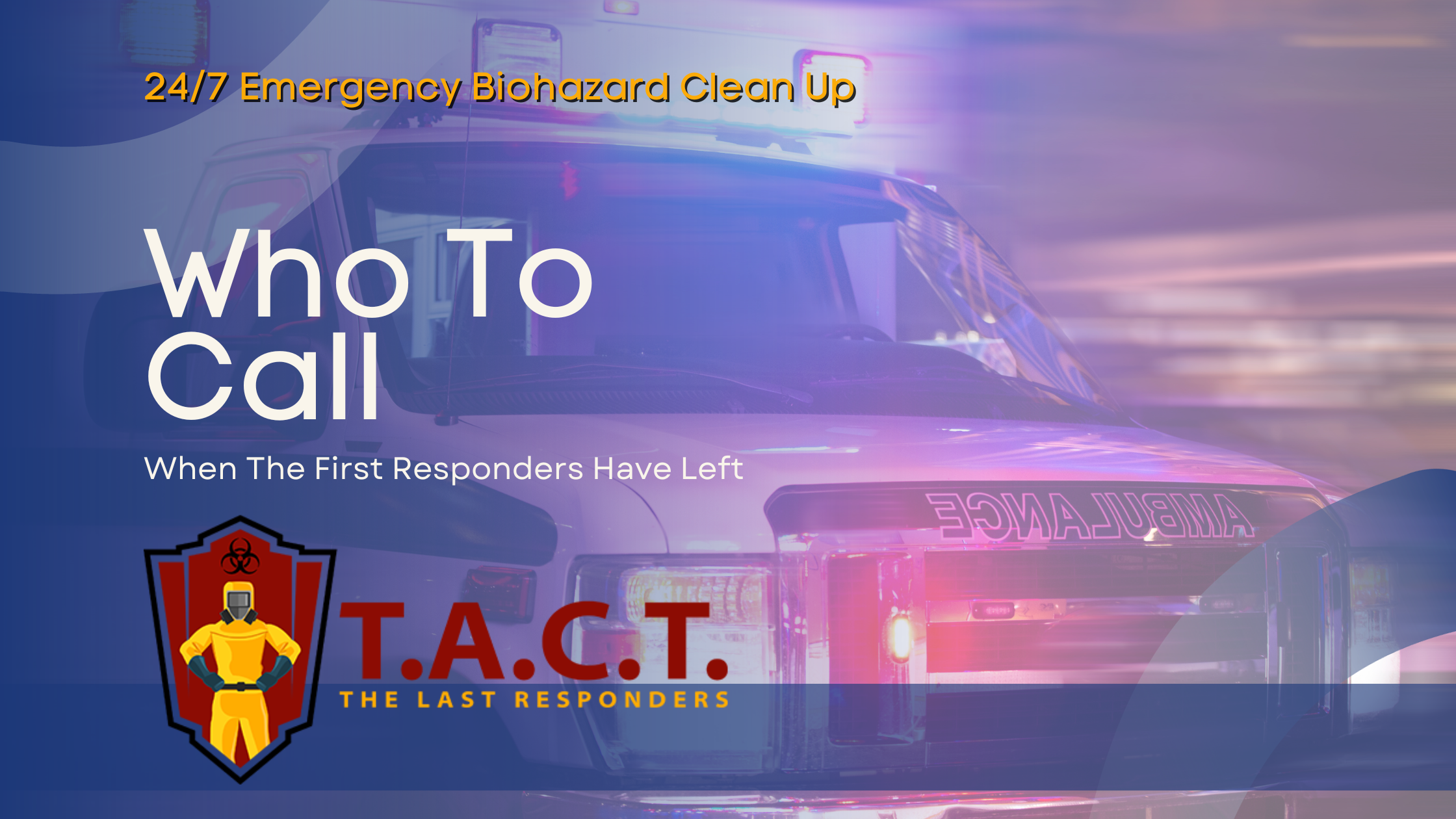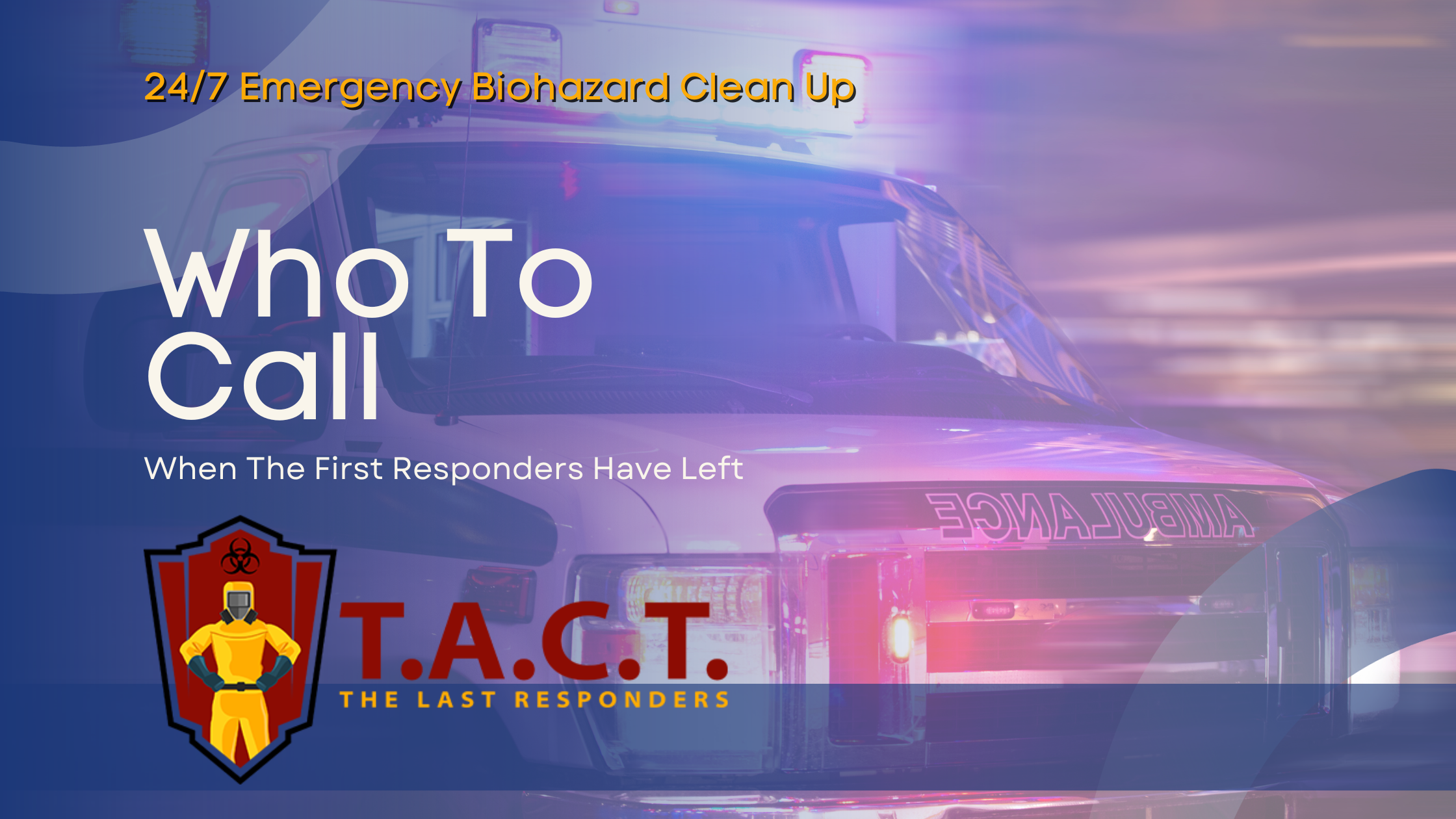How to Get Rid of Black Mold Safely
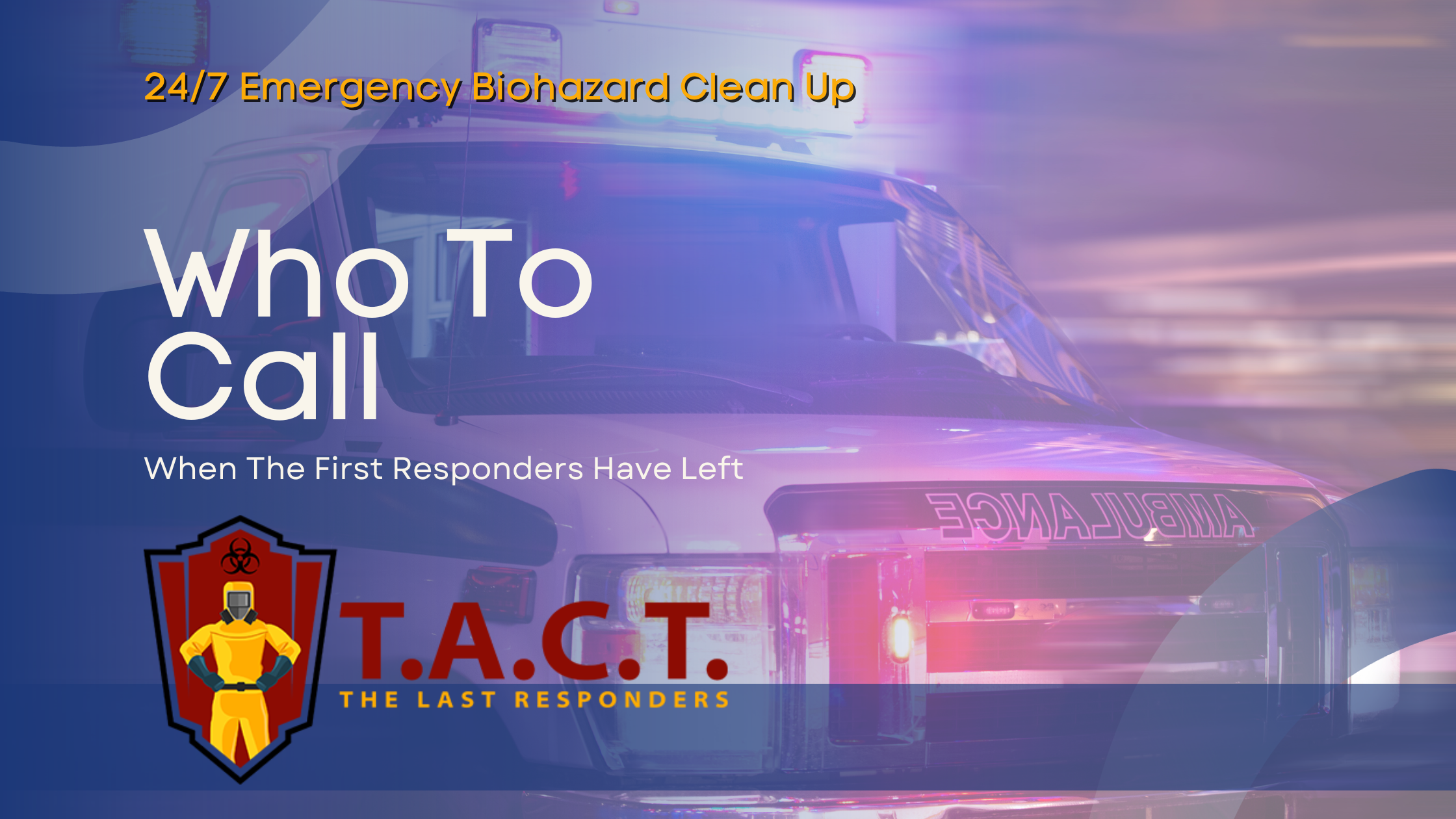
How to Rid Black Mold: 5 Effective Strategies for a Healthier Home
Black mold is one of the most unwelcome visitors any homeowner can encounter. Beyond its unsightly appearance, black mold poses potential health risks, including triggering allergic reactions, asthma attacks, and respiratory problems. For those with weakened immune systems, the dangers are even more significant. If you've discovered signs of black mold in your home, it's time to act quickly and decisively.
This guide will walk you through five effective strategies for safely removing black mold while keeping future outbreaks at bay. Plus, you'll learn when it's time to call in the professionals for help.
Understanding Black Mold
What Is Black Mold?
Black mold—commonly found in damp or humid places like basements, bathrooms, or poorly ventilated spaces—is a type of fungus that thrives on moisture. Recognized by its dark black or greenish-black hue, this mold can grow on ceilings, walls, floors, or even furniture.
Aside from damaging the structure of your home, black mold can impact your health. Symptoms of exposure include wheezing, skin irritation, fatigue, and even infections in extreme cases. This makes prompt removal essential for protecting both your home and health.
What Causes Black Mold?
- Water Damage: Flooding, leaky pipes, or roof damage can create moisture-rich environments for mold to grow.
- Humidity Buildup: Poor ventilation in enclosed spaces, such as crawl spaces or bathrooms, allows moisture to accumulate.
- Neglected Repairs or Maintenance: Failing to fix water leaks or minimize humidity levels can encourage mold growth.
To effectively tackle black mold, it's important to address not only the problem itself but also the conditions that caused it.
Preparation and Safety
Before you begin the mold removal process, it’s critical to prioritize safety and proper preparation. Mold spores can spread through the air, so protecting yourself and limiting exposure is key.
Preparing for Mold Removal
- Wear Protective Gear: Equip yourself with gloves, an N95 mask, and eye protection while handling mold.
- Ventilate the Area: Open windows or use a fan to circulate fresh air and avoid inhaling toxic chemical fumes.
- Contain the Mold Spread: Seal off the affected area using plastic sheeting and painter's tape to prevent mold spores from traveling to other parts of the house.
Materials You’ll Need
To safely and effectively remove black mold, gather the following supplies:
- Hydrogen peroxide
- Baking soda
- Tea tree oil
- Mold-specific cleaning solution
- Spray bottle
- Stiff scrub brush
- Protective gloves, mask, and eye protection
- Dehumidifier (for post-cleanup prevention)
Be sure to have all materials ready so you can focus on the task at hand.
Step 1: Find and Fix the Moisture Source
Mold cannot thrive without moisture—if you fail to address the underlying problem, the mold will almost certainly return.
- Inspect for Issues: Look for signs of leaky pipes, roof damage, or poor ventilation causing excessive dampness.
- Repair Damage: Fix leaks and improve ventilation immediately to cut off the moisture supply.
- Use a Dehumidifier: Consider investing in a dehumidifier to keep humidity levels below 50%, especially if you live in a naturally humid area.
Taking these preventative steps early will ensure your mold-removal efforts have lasting results.
Step 2: Kill Mold Using Household Cleaners
Several household products are effective at killing black mold. Here are some tried-and-true solutions you can use for specific surfaces.
- Hydrogen Peroxide (Non-Porous Surfaces): Spray undiluted hydrogen peroxide directly onto the mold. Allow it to sit for 10 minutes, scrub, and wipe clean.
- Baking Soda Paste (Porous Surfaces): Mix one part water with baking soda to create a paste. Apply it to the moldy spot, allow it to dry, scrub, and rinse.
- Tea Tree Oil (Antifungal Properties): Mix one teaspoon of tea tree oil with one cup of water in a spray bottle. Apply to moldy surfaces, leave it for an hour, then scrub clean.
- Store-Bought Cleaning Solutions: Choose a mold and mildew cleaner designed specifically for tougher stains. Follow the instructions carefully.
Using multiple methods ensures thorough cleaning. Always test your cleaner on a small hidden area first to avoid damaging surfaces.
Step 3: Scrub, Rinse, and Dry
Once the mold has been treated with your chosen solution, it’s time to physically remove it.
- Scrub Vigorously: Use a stiff brush to scrub the treated area. Be thorough to remove as much of the remaining mold as possible.
- Rinse Thoroughly: Rinse the surface with clean water to eliminate residue and remaining mold spores.
- Dry Completely: Use a fan or a dehumidifier to dry the area entirely. Mold thrives on moisture, so drying is crucial to prevent regrowth.
Leaving even trace amounts of mold can result in recurrence, so this step requires attention to detail.
Tips to Prevent Mold from Returning
Once you’ve removed the mold, take proactive steps to prevent it from coming back.
- Control Humidity Levels: Use a dehumidifier to maintain a humidity level of less than 50%.
- Improve Ventilation: Install exhaust fans in bathrooms and kitchens, or open windows regularly.
- Inspect Regularly: Check hidden corners like basements and crawl spaces for leaks or early signs of mold.
- Fix Issues Quickly: Repair leaks and structural issues promptly before they allow mold to settle.
Consistency is your best defense against future outbreaks.
Know When to Call a Professional
There are times when a DIY approach isn’t enough to combat severe mold infestations.
- Extensive Growth: If the mold spans more than 10 square feet, it’s time to consult professionals.
- Hard-to-Reach Areas: Mold in HVAC vents or hidden behind walls requires specialized tools and expertise.
- Health Concerns: If you or your family experience persistent health issues related to mold, don’t risk exposure.
Experts like T.A.C.T. North Atlanta offer certified mold remediation services to safely and effectively deal with larger, high-risk cases. They’ll protect your health and prevent mold from returning all while adhering to industry standards.
Take Charge of Your Home’s Health
Removing black mold doesn’t have to be overwhelming. With the right tools, knowledge, and determination, homeowners can tackle smaller infestations on their own. However, when the issue feels too big to handle, don’t hesitate to call in the pros. Mold removal experts like T.A.C.T. North Atlanta ensure your home is safe and mold-free—so you can breathe easy again.
Take the first step towards a healthier home today. Whether DIY or with a professional partner, black mold doesn't stand a chance against your efforts.
Latest news
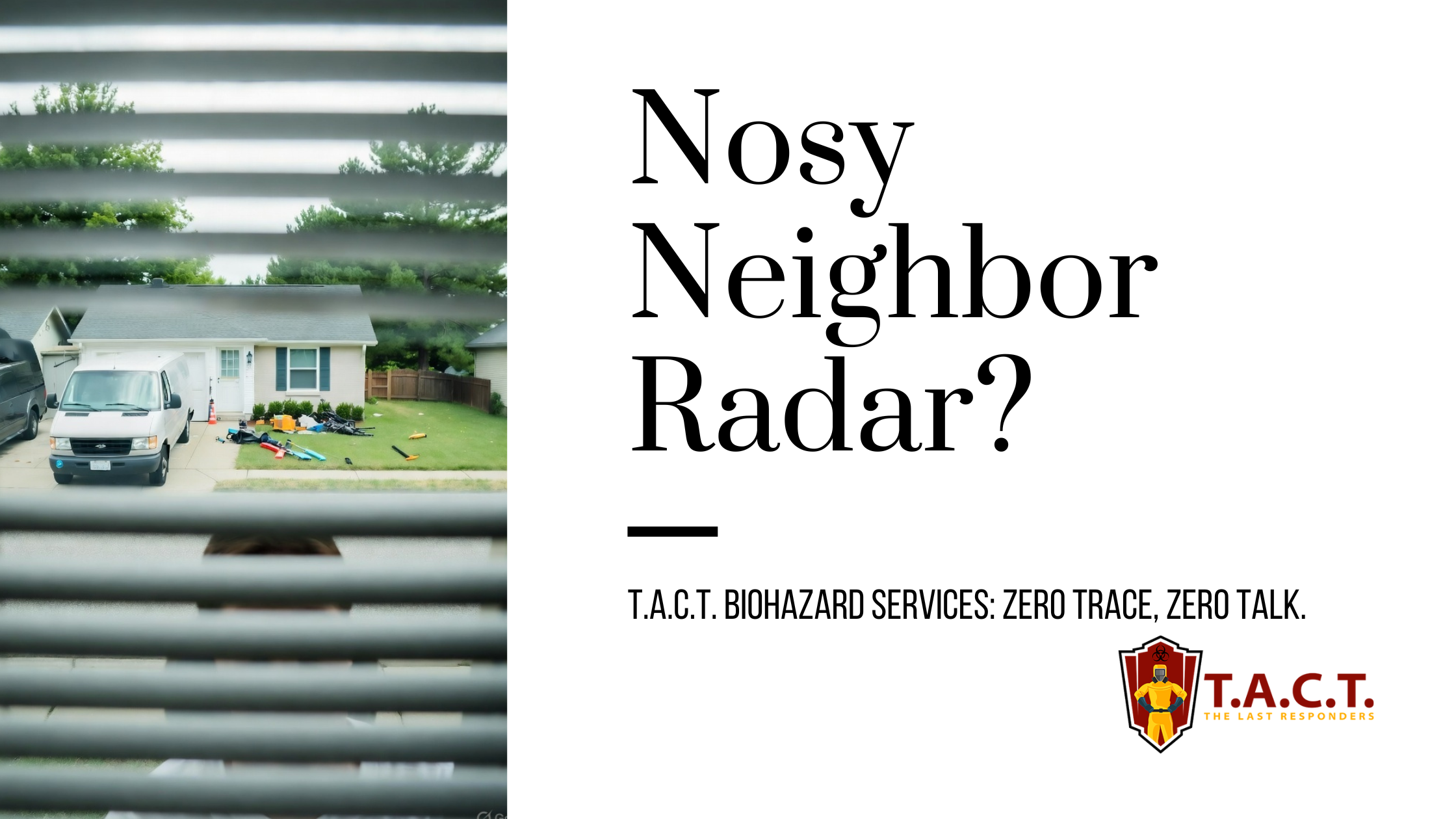
Nosy neighbors peeking? T.A.C.T. North Atlanta offers discreet biohazard remediation for rodent infestations, mold, hoarding, and more. Unmarked vehicles, quiet experts, full privacy—24/7 service at 470-781-4775.
Read More